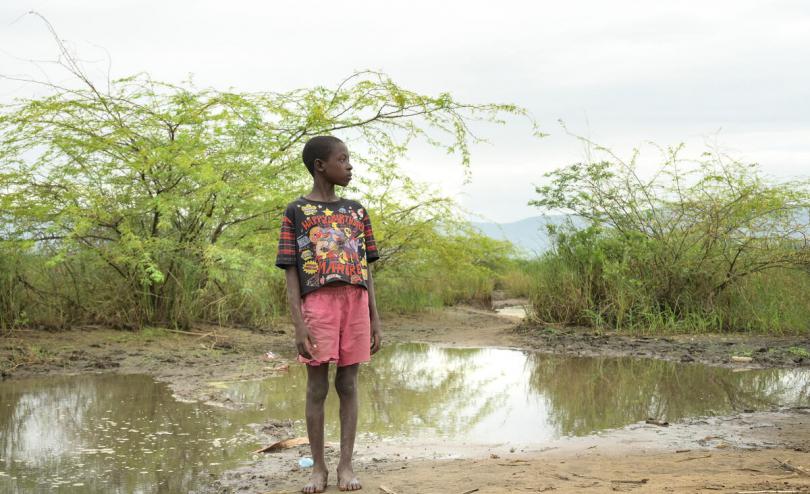A new worrying report by UNICEF has shown that children in 48 out of 49 African countries are among the most at risk of the impacts of climate change.
The report found that although children in Africa bear the worse burden of climate change, they are woefully neglected by the key climate financing flows required to help them adapt, survive and respond to the climate crisis.
Titled Time to Act: African children in the climate change spotlight, the report assessed countries based on children’s exposure to climate and environmental shocks, such as cyclones and heatwaves, as well as their vulnerability to those shocks, based on their access to essential services.
The report found that children living in the Central African Republic, Chad, Nigeria, Guinea, Somalia and Guinea-Bissau are the most at risk.
In response to this increased risk to children, the report examined how multilateral climate funds (MCF) are targeting their resources. Just 2.4 per cent of this key global climate funding can be classified as supporting child-responsive activities, with an average value of just $71 million per year. If the target group is increased to include youth, the figure rises to just 6.6 per cent of total MCF spending.
Read also: Report: Australia records warmest winter caused by global heating, sunny conditions
“It is clear that the youngest members of African society are bearing the brunt of the harsh effects of climate change,” Lieke van de Wiel, Deputy Director, UNICEF Eastern and Southern Africa region, was quoted as saying in response to findings of the report. “They are the least able to cope, due to physiological vulnerability and poor access to essential social services. We need to see a stronger focusing of funding towards this group, so they are equipped to face a lifetime of climate-induced disruptions.”
Additionally, the report found that Children are more vulnerable than adults to the effects of climate and environmental shocks and stresses and that they are physically less able to withstand and survive hazards such as floods, droughts, storms and heatwaves and are physiologically more vulnerable to toxic substances such as lead and other forms of pollution.
It showed that despite substantial progress made by virtually all countries in the provision of essential services, persistent challenges contribute to an increased vulnerability for children, including limited access to good quality health and nutrition services, a lack of safe water, sanitation and hygiene, limited access to quality education and high levels of poverty.
Worryingly, the report revealed a strong correlation between countries with poor rankings on health, nutrition, WASH services and those ranking high or extremely high on the Children’s Climate Risk Index, highlighting how vulnerable these children are to the impacts of climate change.
Story was adapted from UNICEF.
